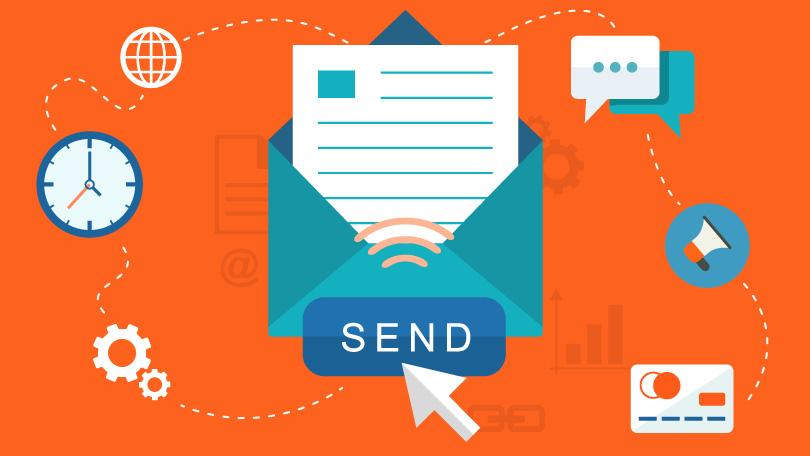When it comes to email marketing, there are a lot of things that you can do to optimize your campaigns. At least, that’s what the editorial team at 99 Firms found when they researched the subject. You can check out all that they learned in the infographic below this post, and it’s great stuff. For us, though, one part really stood out – the section about automation and triggering.

After all, who doesn’t want to find a way to make marketing a lot easier. Besides, considering that the open rates of triggered emails are about 95% more than average emails, it’s a tool that no business can really afford to ignore.
Let’s delve into this subject a bit deeper!
What Does Automation and Triggering Mean?
It’s simple – when a trigger event happens, like when someone signs up for your email subscriber list, an email is sent to them. You can choose whatever trigger points you like.
Why Use Trigger Points?
Trigger points are helpful because, according to HubSpot, the average person requires around five touches before they make their final decision to buy. Most people won’t make a buying decision right away – they want more information first.
Providing them with key information at the right time along the way will help to guide them into making the right decision-buying your product.
What Information Should You Provide?
This is where it gets a bit trickier. You need to match the information provided to where the client is in the buying cycle. Are they in the information-gathering stage, or have they already decided that your product is a good contender?
Pushing the sale while they are still in the early stages is bound to be counter-productive. Providing them with purely informational content at this stage, however, will enhance the experience for them.
Say, for example, that your prospect wants to buy a sewing machine and comes to your site to browse. They look at a few models, sign up to your subscriber list, and then leave. How serendipitous would it appear to them if they then received an email talking about the different machine stitches or features that help to create a professional finish?
Naturally, you would avoid all mention of actual brands, but all the features would be available on models in your store. Moving along, you could follow up with an article on different feet, or how to stitch certain fabrics, and so on. As time passes, you can start getting into specifics about actual models available.
All the while, you are providing value for your client, keeping your company name in their mind, and proving your company’s expertise. When they decide to buy the sewing machine, they will turn to you first.
What Trigger Points Should You Choose?
This depends on what works best for your company. What trigger points make sense? Many companies opt for an abandoned cart as a trigger point, but there could be many others to consider as well.
The key to getting this right is to provide the client with relevant information and to use the emails judiciously. You need to strike the balance between enough communication to nurture the relationship, and not appearing spammy.


